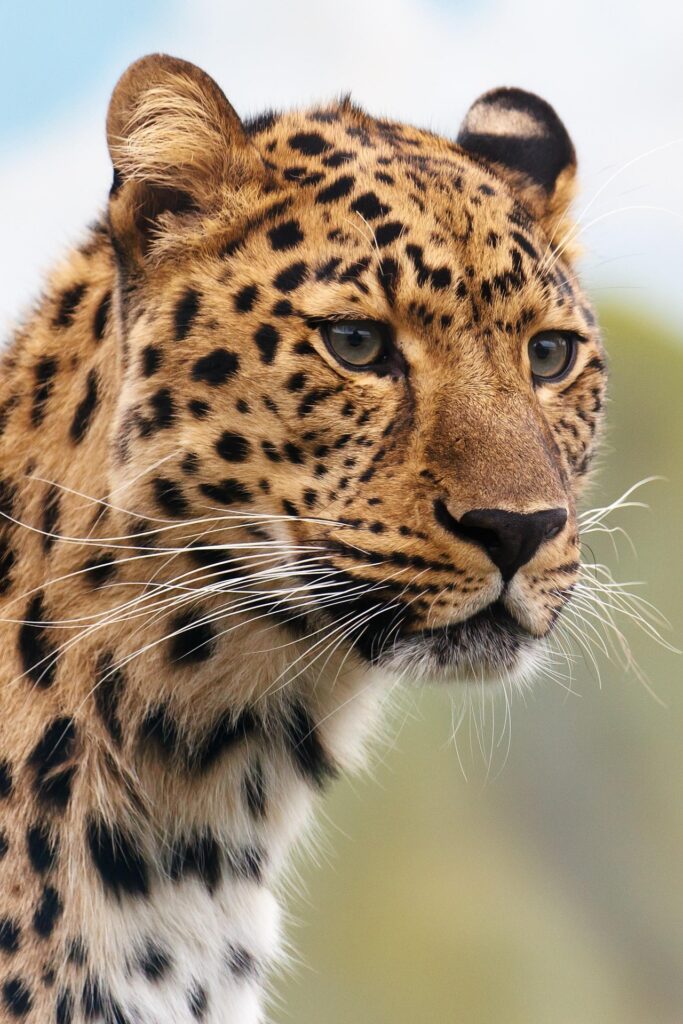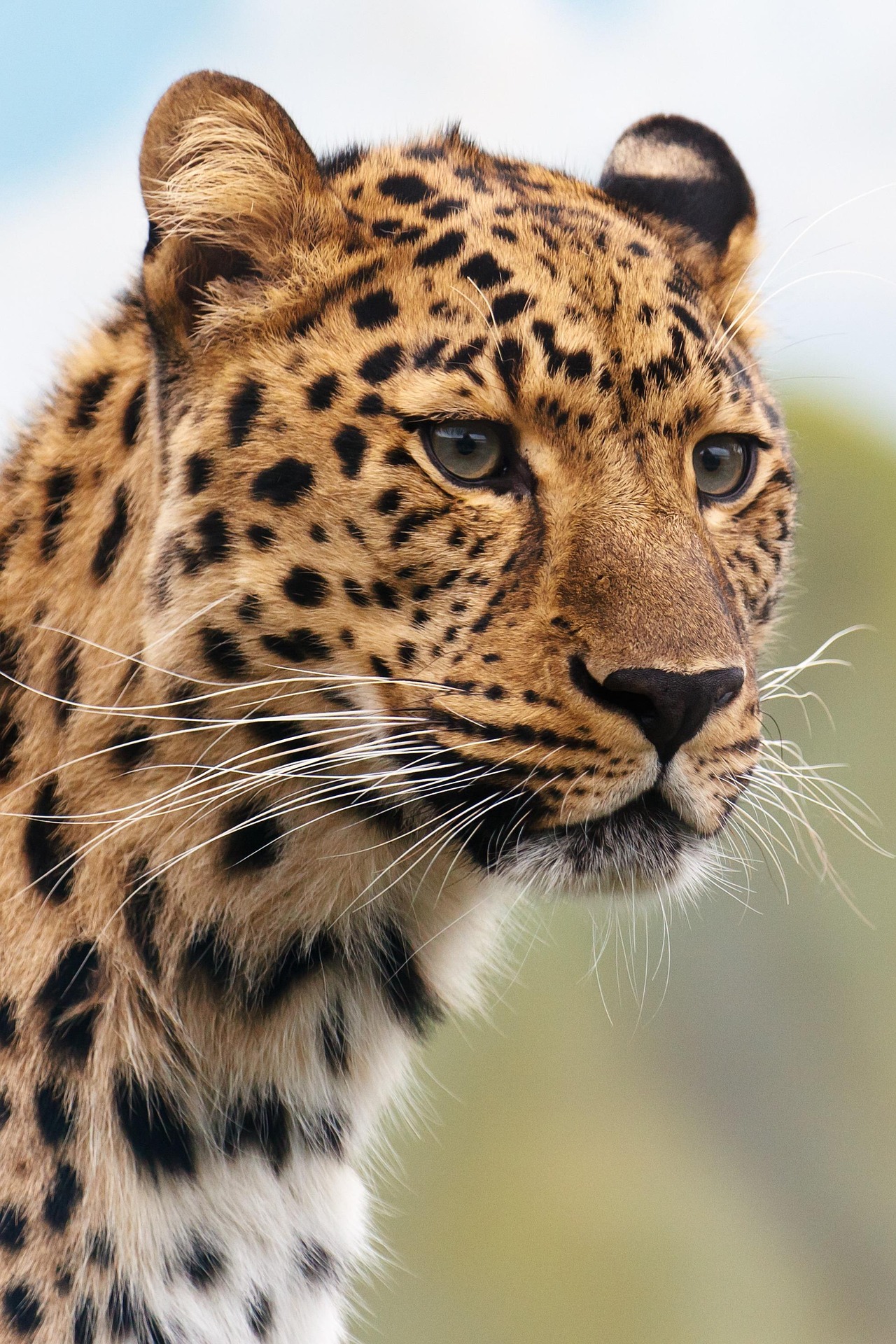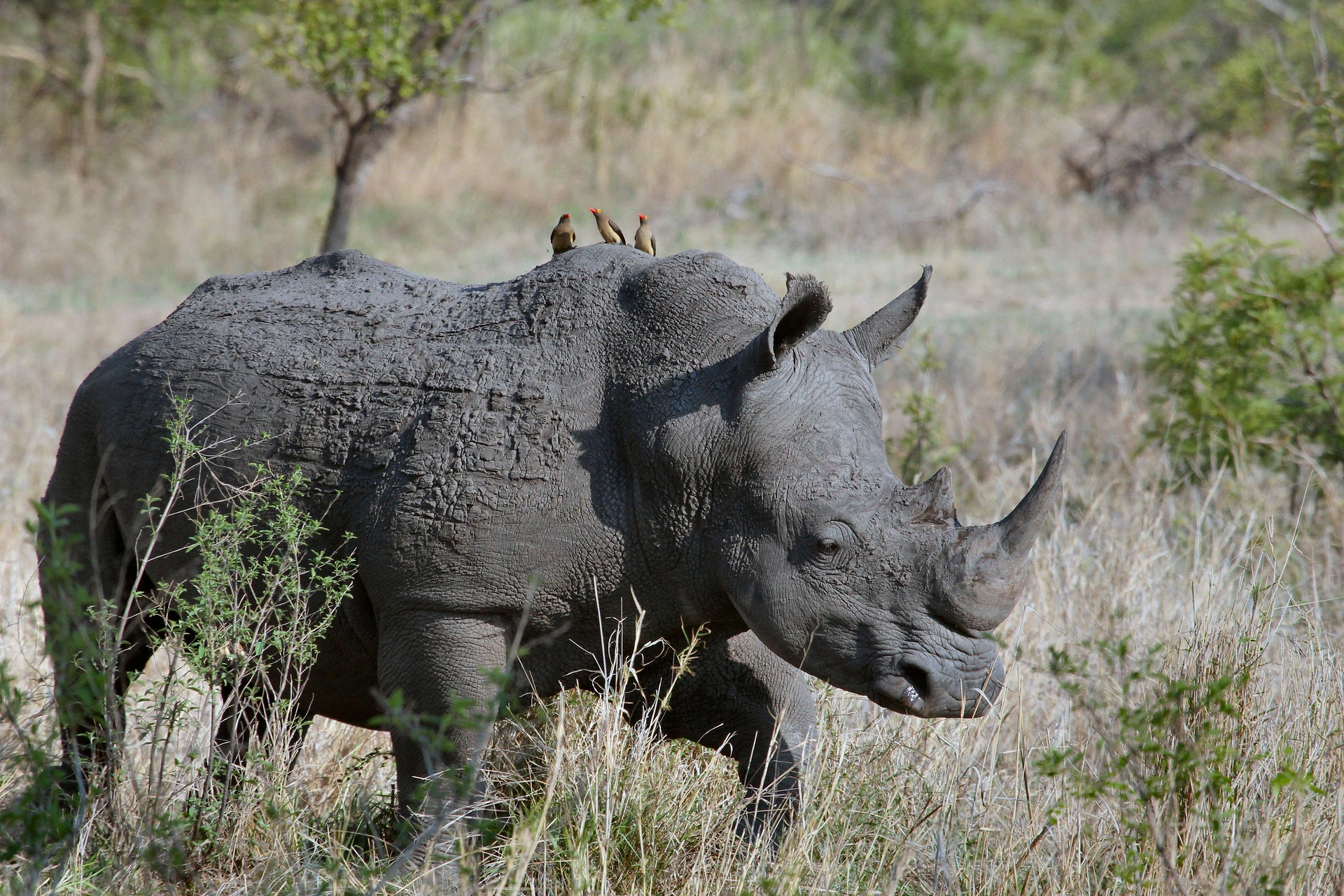With their sleek bodies, spotted coats, and lightning-fast speed, cheetahs are among the most fascinating creatures on Earth. These graceful predators have long captured the imagination of humans—from ancient art to modern documentaries.
But cheetahs are more than just fast—they’re a symbol of beauty, agility, and survival. Let’s take a closer look at the world’s fastest land animal and why they need our protection now more than ever.
Meet the Cheetah
The cheetah (Acinonyx jubatus) is a large cat native to Africa and parts of Iran. Unlike lions or leopards, cheetahs are built for speed, not strength. Every part of their body is designed to run—from their lightweight frame to their long, muscular legs and deep chest.
Quick facts:
-
Top speed: Up to 112 km/h (70 mph) in short bursts
-
Acceleration: 0 to 96 km/h (60 mph) in just 3 seconds (faster than many sports cars!)
-
Average lifespan: 10–12 years in the wild
-
Height: 70–90 cm at the shoulder
-
Weight: 34–72 kg (75–160 lbs)

What Makes Cheetahs So Fast?
Cheetahs are often compared to athletes—and for good reason. Their bodies are fine-tuned for performance:
-
Large nostrils and lungs: Allow for rapid oxygen intake
-
Flexible spine: Acts like a spring, stretching with each stride
-
Semi-retractable claws: Provide extra grip, like cleats on a track
-
Long tail: Acts as a rudder for balance and direction at high speeds
But their speed comes at a cost—they can only maintain it for about 20–30 seconds before overheating or exhausting themselves.
Cheetahs’ Way of Life
Cheetahs primarily hunt during the day, unlike most big cats. This gives them an advantage when spotting prey, especially antelope, gazelles, and hares.
They rely on:
-
Sight rather than smell to locate prey
-
Speed and surprise rather than strength to make the kill
-
Stealth and stalking before launching their explosive chase
After a successful hunt, cheetahs often have to eat quickly to avoid losing their meal to larger predators like lions or hyenas.
Cheetah vs. Leopard: Know the Difference
Though they’re both spotted big cats, cheetahs and leopards are quite different:
| Feature | Cheetah | Leopard |
|---|---|---|
| Build | Slim, long-legged | Stocky and muscular |
| Spots | Solid round spots | Rosette-shaped markings |
| Face | “Tear marks” from eyes to mouth | No tear marks |
| Speed | Fastest land animal | Powerful climber and hunter |
| Behavior | Diurnal (day hunter) | Nocturnal (night hunter) |
Conservation Status: A Race Against Time
Despite their speed, cheetahs are losing the race against extinction. Fewer than 7,000 cheetahs remain in the wild, and their numbers continue to decline due to:
-
Habitat loss – Expansion of farms, cities, and roads
-
Human-wildlife conflict – Retaliation from farmers who lose livestock
-
Illegal pet trade – Cheetah cubs are often captured and sold illegally
-
Loss of genetic diversity – Making populations more vulnerable to disease
Cheetahs are listed as Vulnerable by the IUCN, with some subspecies, like the Asiatic cheetah, classified as Critically Endangered.
How Can We Help?
Conservation efforts are underway, and you can support them too:
-
Donate or volunteer with organizations like the Cheetah Conservation Fund
-
Support ethical tourism and avoid buying wildlife products
-
Educate others about cheetahs and the threats they face
-
Promote coexistence by supporting solutions that help farmers and wildlife live in harmony
Final Thoughts
The cheetah is more than just a fast animal—it’s a symbol of elegance, precision, and fragility. In a world where speed is often seen as strength, the cheetah reminds us that even the quickest need protection.
By learning about cheetahs and supporting conservation efforts, we can help ensure that these incredible animals continue to sprint across the savannas—not just in history books, but in the wild, where they belong.



